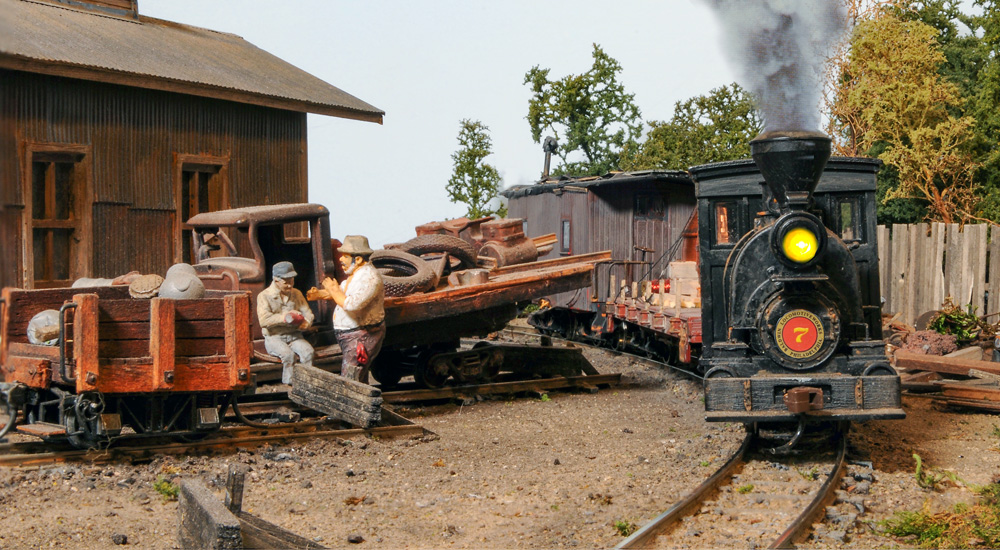
If you want to fascinate visitors and draw their eyes into your layout, make your layout tell a story. Many modelers put a lot of effort into making their locomotives, track arrangements, and operating schemes as realistic as possible. But not all of us put the same amount of thought into the little plastic people […]
Read More…
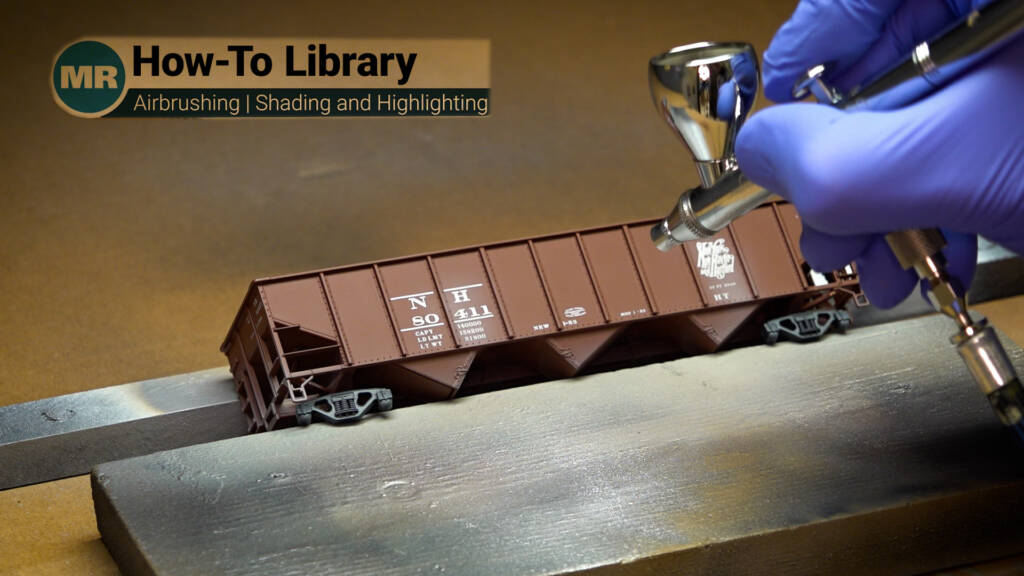
Acquire helpful tips for using an airbrush to apply shading and highlighting effects that mimic authentic wear and weathering patterns on freight cars. In this instance, David demonstrates the step-by-step process using HO scale (1:87.1) open hoppers. […]
Read More…
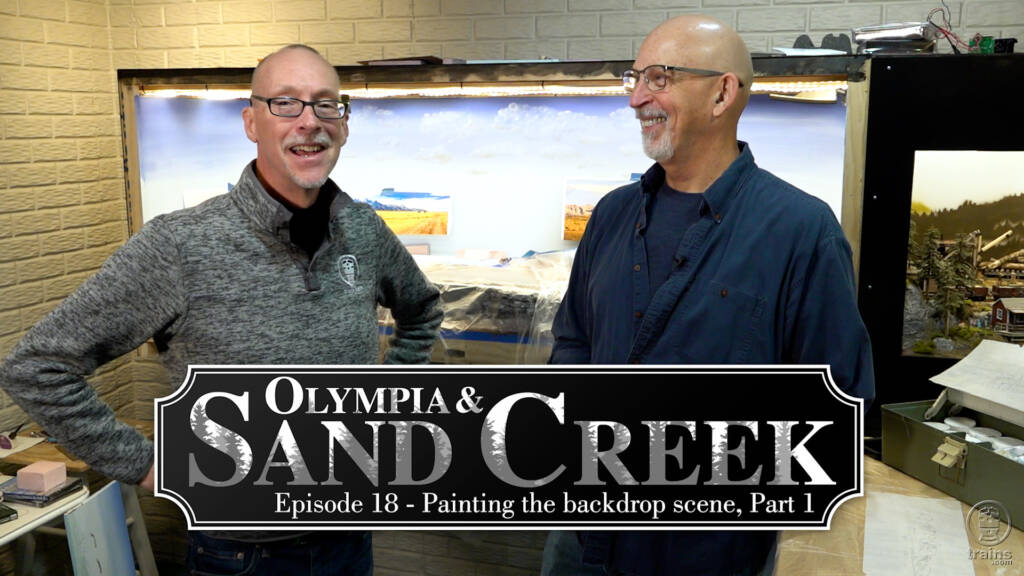
In this episode, professional help is on the way! Jay Smith, former illustrator (ret.) for Kalmbach Media, heads for the basement to help make realistic mountains materialize on the backdrop of the On30 display layout. Guided by David’s practice painting, pretty pictures, and temporary placement of key structures, Jay shares his specific techniques for turning […]
Read More…
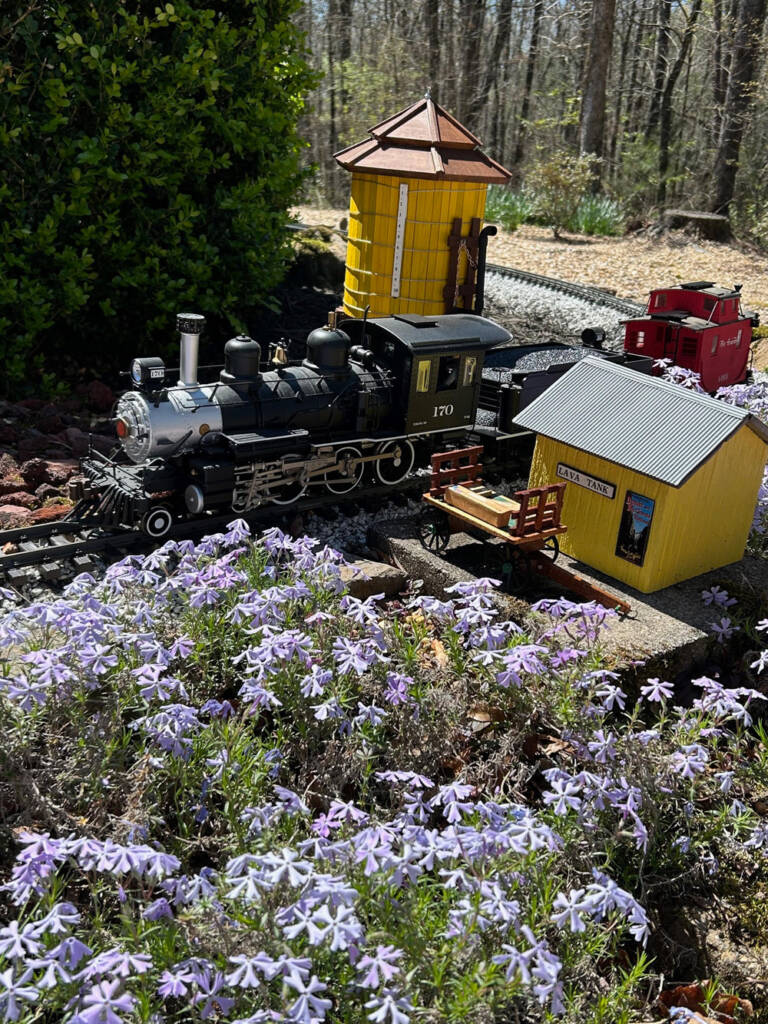
I model Colorado narrow gauge, specifically the Denver & Rio Grande Western and Rio Grande Southern. I own two separate garden railroads (not connected and about 8 feet apart). Trains run around approximately 250 feet of mainline tracks with a couple of short lines for logging and running the Galloping Goose. I can run five […]
Read More…
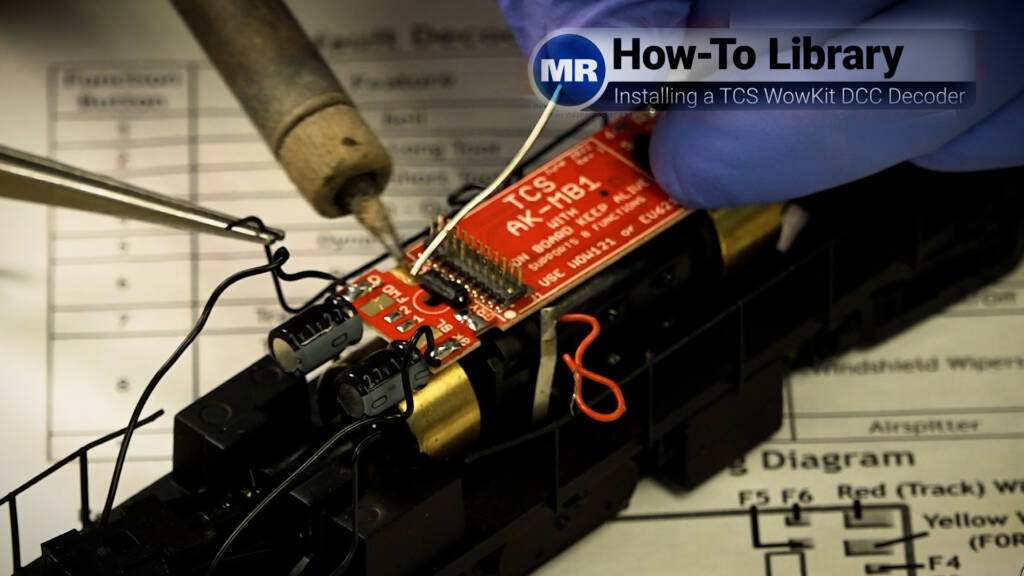
Learn techniques for installing a TCS WowKits DCC Decoder into an HO scale (1:87.1) diesel locomotive, as demonstrated, step by step, by David Popp. […]
Read More…
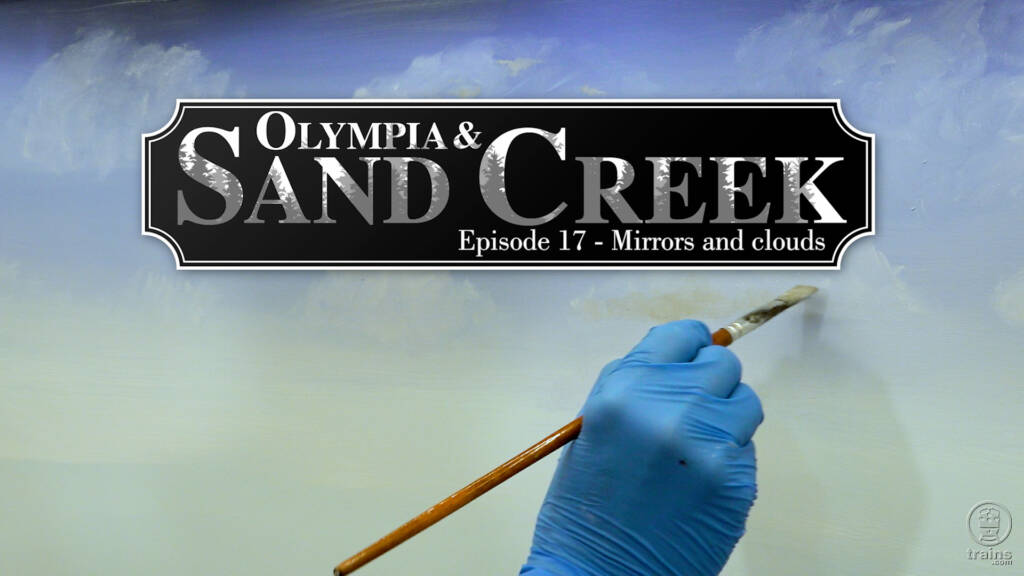
Feather canyons everywhere! David looks at clouds that way. If you really don’t know how to paint clouds at all, then you’ll want to follow David as he demonstrates his techniques for adding realistic skies to his On30 display backdrop. But that’s not the only illusion recalls! David also shows how easy it is look […]
Read More…
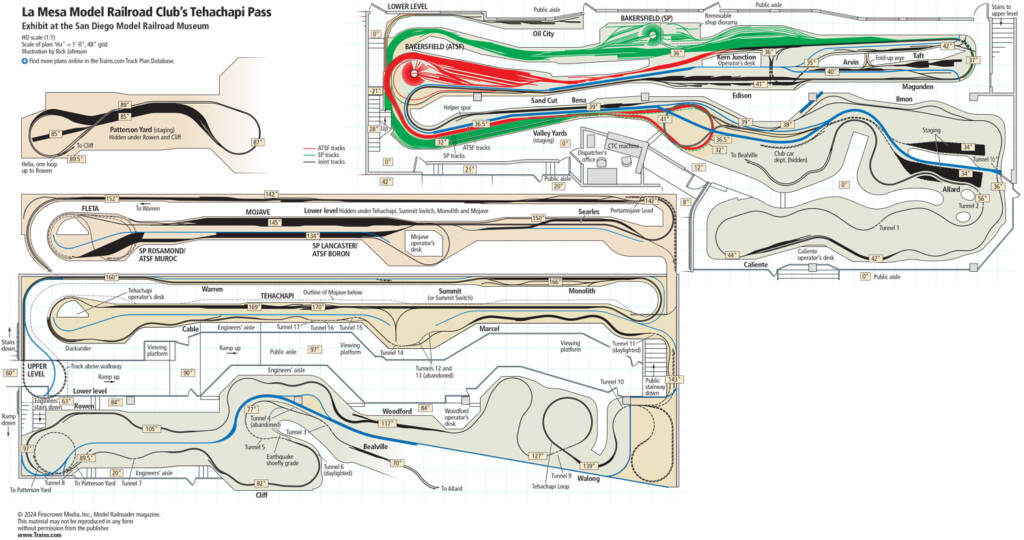
Facts and features Name: Southern Pacific Tehachapi SubdivisionScale: HOSize: 72 x 128 feetPrototype: Southern Pacific Tehachapi SubdivisionLocale: Bakersfield to Mojave, CaliforniaEra: 1950s-1960sStyle: Multi-level walkaroundMainline run: Bakersfield to Mojave: 1,500 feet; between staging yards, Goshen Jct. to Lancaster: 1,800 feetMinimum radius: main tracks, sidings and yards: 48″; branch lines and industry tracks: 36″Minimum turnout: main tracks, […]
Read More…
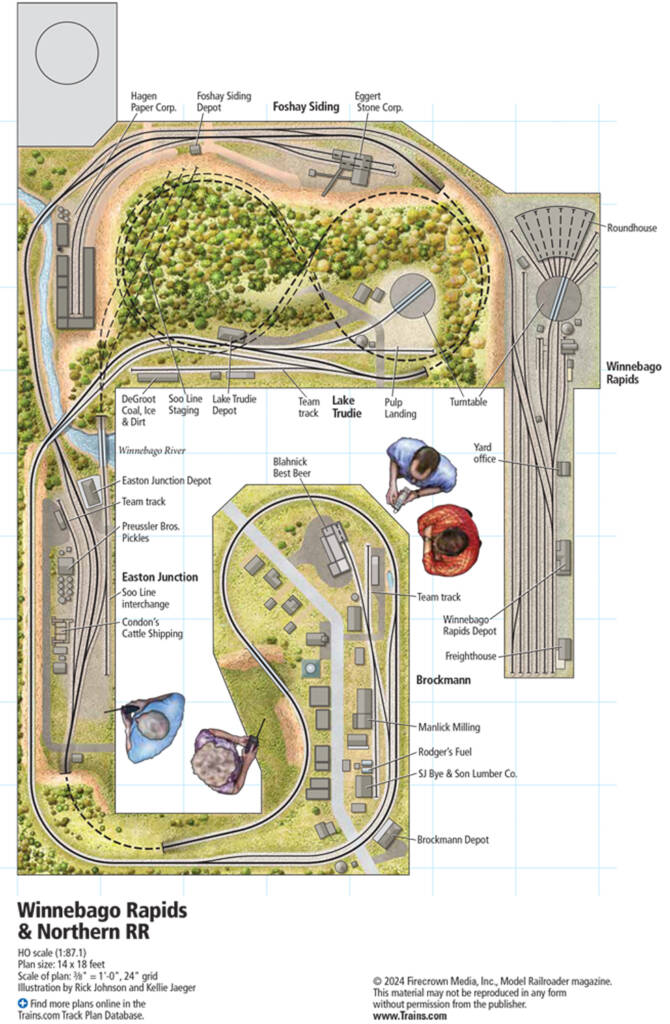
Facts and features Name: Winnebago Rapids & Northern RRScale: HO (1:87.1)Size: 14 x 18 feetPrototype: freelancedLocale: WisconsinEra: 1956Style: walk-inMainline run: 120 feetMinimum radius: 24″Minimum turnout: No. 6Maximum grade: 31⁄2%Benchwork: L-girderHeight: 41″ to 49″Roadbed: HomabedTrack: code 83 (handlaid in visible locations, extrack in hidden areas)Scenery: extruded-foam insulation board and clothshellBackdrop: painted drywallControl: NCE ProCab Click the […]
Read More…
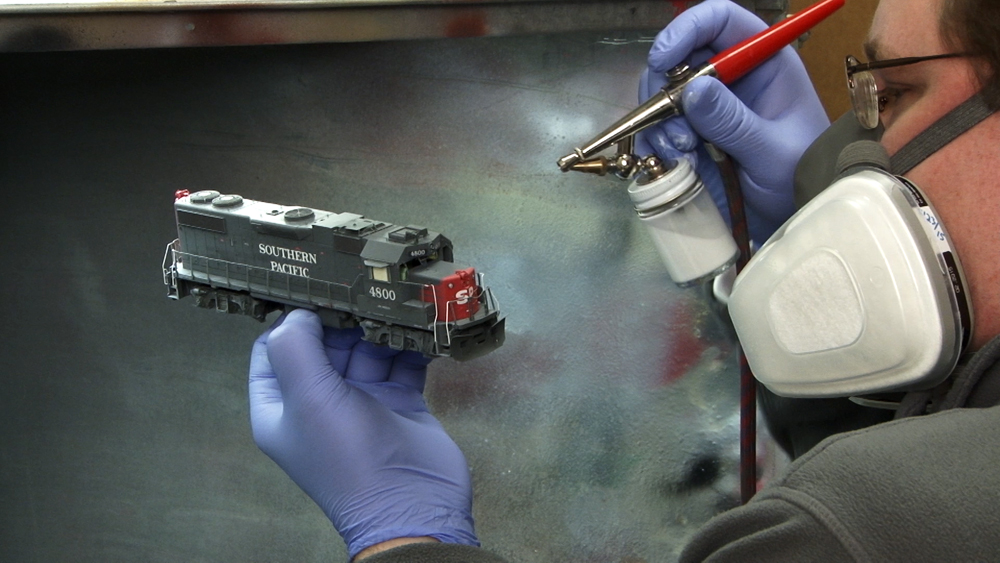
In my 20-plus years with Model Railroader magazine, I’ve written several how-to articles on airbrushing. Some have focused on using the tool to re-create models you can’t find on the shelf, such as “How to paint multi-color locomotives” in the September 2013 issue. Others, including “How to weather coal hoppers” in December 2012, have demonstrated […]
Read More…
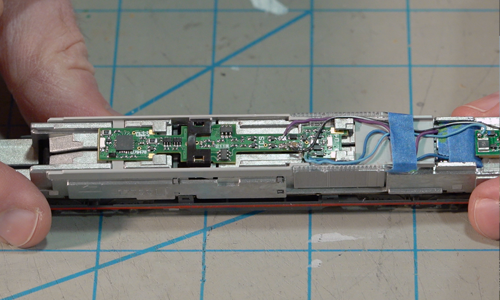
From start to finish, David Popp shares his techniques for installing a TCS KA-N1 Keep-Alive Capacitor into an N scale (1:160) modern diesel locomotive for use on his recently completed T-Trak module, as well as in Model Railroader magazine’s MR&T State Line Route project railroad (as featured in the January 2022 issue and Trains.com Video series)! […]
Read More…
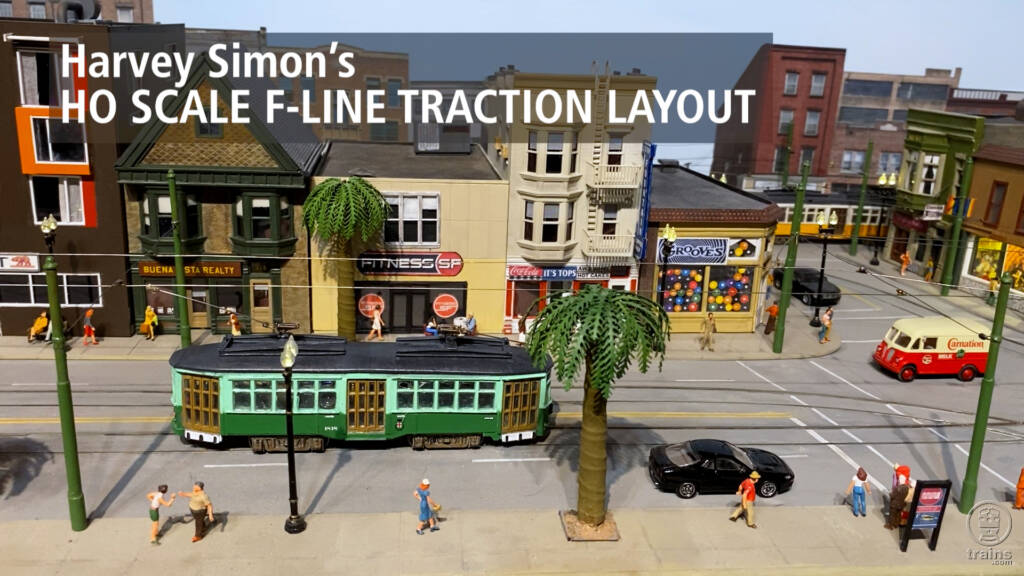
Harvey Simon’s HO F Line traction layout is set in modern-day San Francisco, re-creating the route between the Castro District and Fisherman’s Wharf. The modified walk-in model railroad features open-grid benchwork, 6-1/4” minimum radius curves, and a mainline run of 40 feet. In this layout tour video, you’ll get an opportunity to see San Francisco […]
Read More…

Facts and features Name: Owl Cove Lumber Co.Scale: On30 (1:48, 30″ narrow gauge)Size: 6 x 40 feetPrototype: freelancedLocale: Washington’s Northern CascadesEra: 1930sStyle: around-the-wallsMainline run: 26 feetMinimum radius: 18″Minimum turnout: No. 4Maximum grade: 6%Benchwork: L-girderHeight: 40″Roadbed: corkTrack: code 83 handlaid and flextrackScenery: hardshellBackdrop: hand-painted on wallsControl: NCE Digital Command Control Click the link to download a […]
Read More…












